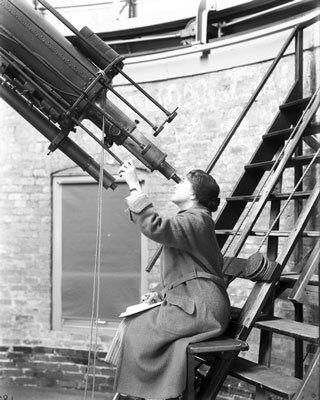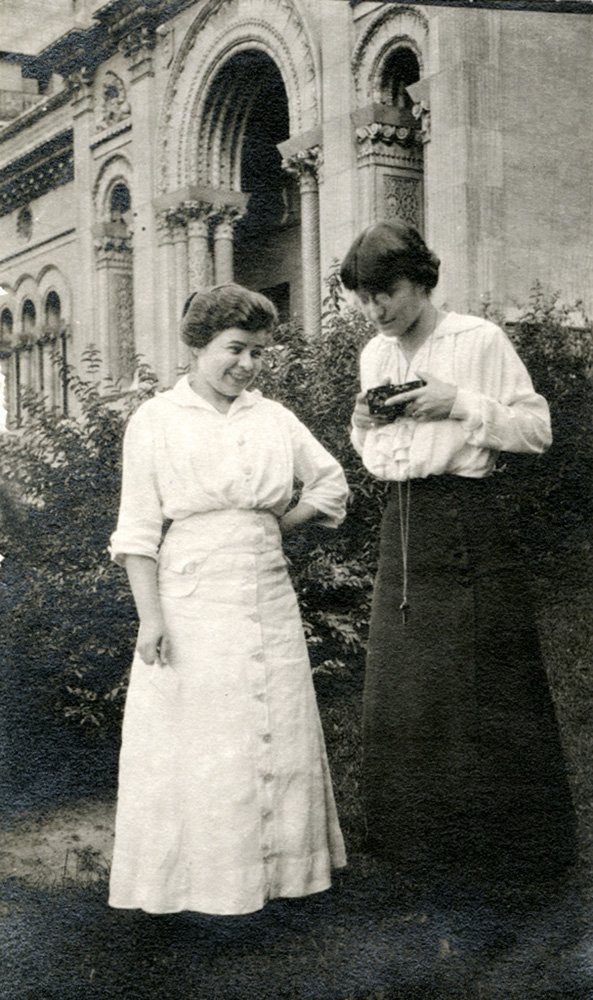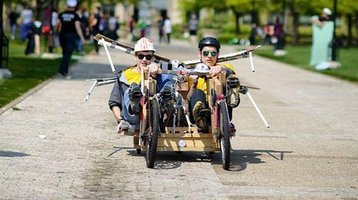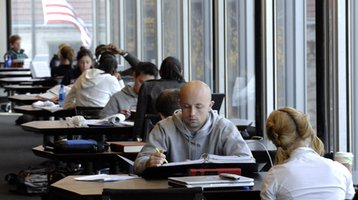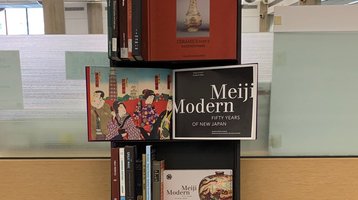Women Capturing the Stars
A librarian and faculty members win funding to integrate digital and traditional modes of historical and archival research to tell the story of women at the Yerkes Observatory from 1895 to 1940
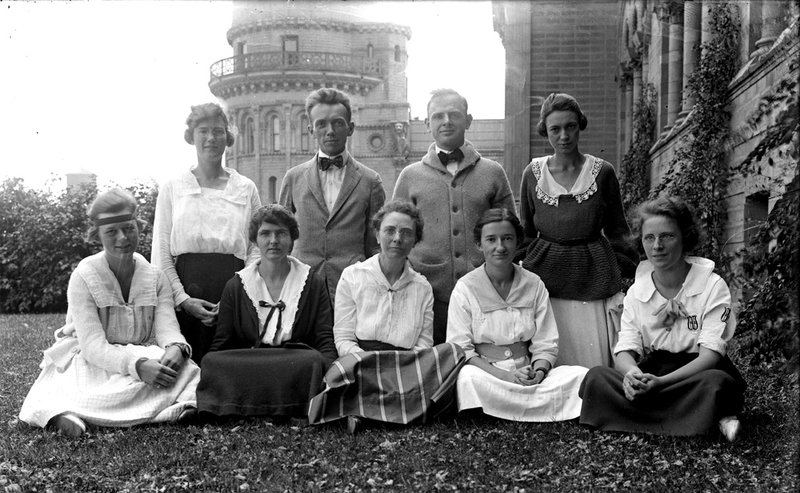
“Capturing the Stars: Women’s Networks and the Advancement of Science at Yerkes Observatory, 1895-1940” has been awarded funding in 2023-2024 by the Neubauer Collegium for Culture and Society. This collaborative project led by an interdisciplinary team from Astronomy and Astrophysics (Richard G. Kron), History (Emily Kern), the Institute on the Formation of Knowledge (Kristine Palmieri), and the Library (Andrea Twiss-Brooks) is reconstructing both the scientific contributions and lived experiences of women at the Yerkes Observatory through new archival research. A major outcome of this research will be an exhibition on the women of Yerkes Observatory during Fall 2023, co-curated by team members Twiss-Brooks and Palmieri. Palmieri is also teaching a course this quarter in which students are preparing contributions to be included in the exhibition.
A majority of the archival research to date has been done locally in the University of Chicago’s own collections. “This new funding will allow us to travel to other archives that contain materials related to the individual women and to institutions that are part of the networks of interest, including archives at places like Smith, Mt. Holyoke, and Vassar,” according to Andrea Twiss-Brooks, Director for Humanities and Area Studies. She has been involved with the project since 2019, working extensively with Chicago’s Yerkes archival materials, and is intimately familiar with the stories of the women who worked there. The team hopes to answer questions like: What role did women’s networks play in obtaining positions at Yerkes and how did these networks impact or shape the careers of the Yerkes women more broadly? What avenues of research did women pursue at Yerkes? What other forms of essential labor did they perform to advance the research agenda of the observatory? What kinds of work did they do after leaving? To what extent did Yerkes serve as a hub for female scientists? Was it unique as an institution or was it one node in a larger network of astronomical sites that provided opportunities for women to receive advanced training in astronomy and astrophysics? What were the personal and professional relationships like between the women of Yerkes and with their male colleagues?
The team has also begun to explore ways to integrate digital humanities methods for network mapping and data analysis with traditional modes of historical and archival research. This digital humanities work started in the winter quarter through a new collaboration with Digital Studies staff to use the Online Cultural and Historical Research Environment (OCHRE) for curating, analyzing, and modeling our data. “We are especially excited at the possibility of mapping our data and using the platform to conduct network analyses,” says Twiss-Brooks.
